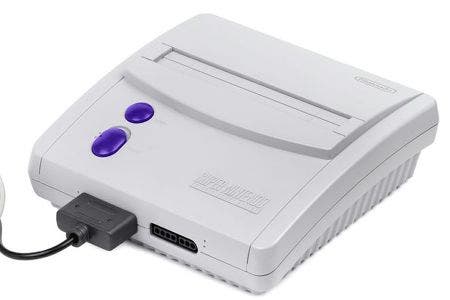Nintendo's History of Hardware Revisions
Variations on a theme.
Tomorrow marks the UK launch of Nintendo's shiny new 3DS XL console, an engorged variant of the autostereoscopic 3D system originally released in 2010. With bigger screens, a higher capacity battery but the same basic internal technology, the 3DS XL is - as we stated in our review - a revision rather than a revolution. It also illustrates perfectly Nintendo's penchant for subtly and tirelessly updating its existing hardware in order to maintain consumer interest and exploit newer, cheaper production techniques.
To celebrate the availability of this new super-sized slab of console, we've created a whistle-stop tour of Nintendo's vibrant hardware history, casting an inquisitive eye over the many revisions pushed onto the market by the Kyoto veteran.
Sharp Twin Famicom (1986)
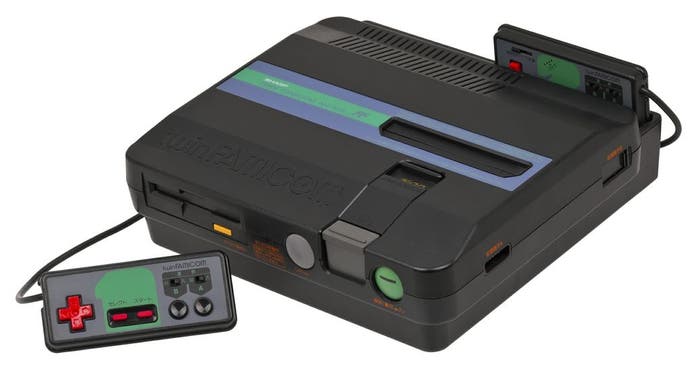
Ironically, the first time an existing piece of Nintendo hardware was revised, it was Sharp rather than Nintendo itself that was responsible for the handiwork. The Famicom Twin took a Famicom console (known in the West as the Nintendo Entertainment System, or NES to its mates) and fused it with the Japan-only Famicom Disk System storage add-on to create a single, unified machine. Many of Nintendo's key franchises made their debuts on the floppy-like Disk System - including The Legend of Zelda and Metroid - but the lack of a global release for the format meant that these games were released as standard carts in the rest of the world. Disk System units - including the Twin Famicom - also suffered from performance issues, due to the degradation of the delicate rubber band which powered the drive itself.
NES 2 (1993)
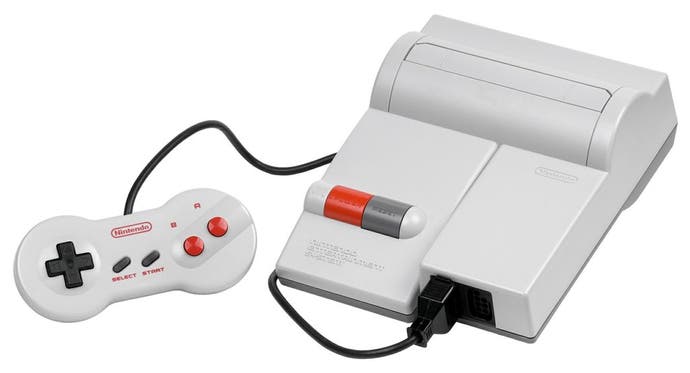
Also known as the NES Jr - and its official model number NES-101 - this was a radical rethink when compared to the iconic front-loading original. Cheaper to produce and blessed with more ergonomic SNES-style controllers (christened 'Dog Bone' pads by many fans), the NES-101 was something of a mixed blessing; while it eradicated the reliability problems which plagued the delicate cartridge loading mechanism of its predecessor and removed the irksome 10NES authentication chip (thereby allowing players to enjoy naughty unlicensed software), it also did away with the forward-thinking composite AV connection, meaning that RF was the only available method for hooking the console up to a television set. Aside from a flatter top, the Japanese version of the machine - dubbed the AV Famicom - appeared virtually identical, but as its moniker suggests, it thankfully retained the AV output.
Game Boy Pocket (1996)
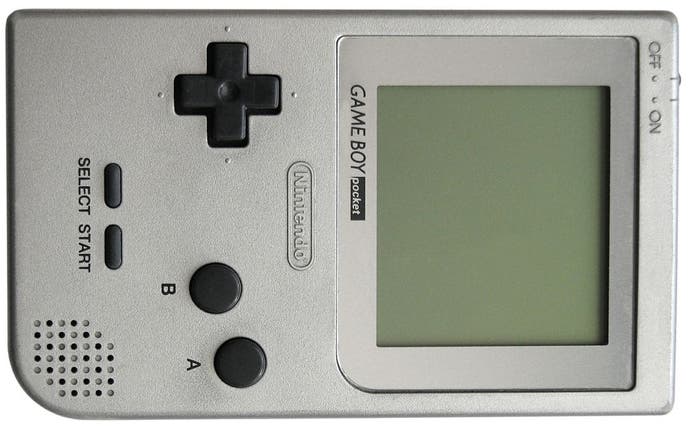
By the middle of the '90s, Nintendo's still popular Game Boy console was beginning to look a little long in the tooth. Its iconic green-tint monochrome screen was distinctly outdated, and advances in mobile technology meant that the internal hardware could be improved upon, miniaturised and made less power-hungry. 1996's Game Boy Pocket was a smaller and more lightweight design which came with modest power demands (two AAA batteries would provide roughly the same amount of gameplay as the four AAs used in the original system) and a vastly improved LCD screen - the latter of which solved the perennial issue of ghosting and motion blur. Despite all these improvements, the Game Boy Pocket was not a massive upgrade from a technological perspective - it was still only capable of displaying various shades of grey, and ran on exactly the same software as its forerunner.
SNES Jr (1997)

Towards the end of the SNES' lifespan, Nintendo decided to redesign and reposition its best-selling 16-bit system as an entry-level option for those undecided on the current crop of next-generation challengers: namely the PlayStation, Saturn and N64. Drastically miniaturised and manufactured at a significantly lower cost than the original console, the Super Nintendo Entertainment System model SNS-101 sold for less than $100 in North America. A similar machine was launched in Japan a few months later as the Super Famicom Jr, but it sadly never made it to market in Europe - possibly due to Sega's dominance in that region. As is often the case with revised hardware, the smaller footprint resulted in some key features being dropped. Rather than offer a multitude of different AV outputs on the back of the console, Nintendo provided just one - its famous MULTI OUT connector. RGB and S-Video support were dropped, leaving just composite AV.
Game Boy Light (1998)
Exclusive to Japan, the Game Boy Light was the first Nintendo handheld to come with an illuminated screen - in this case, it was a electroluminescent backlight, similar to the ones seen on many digital watches. Despite this long-awaited enhancement, the console's appetite for power was less ferocious than the 1989 model - two AA batteries provided almost an entire day of play with the light switched off, and almost equal to the original Game Boy (approximately 12 hours) with it turned on. Launched in the same year as the Game Boy Color, the system was little more than a curiosity and was never seriously considered for retail in the West. Still, it's a perfect illustration of Nintendo responding the demands of its user base - even if it was a few years too late.
Game Boy Color (1998)
As the Game Boy line neared its tenth birthday, it was clear that a major overhaul was required to keep pace with new challengers arriving on the market - such as SNK's Neo Geo Pocket and Bandai's WonderSwan - the latter of which was designed by Game Boy creator Gunpei Yokoi, who was tragically killed in a roadside accident the previous year. Nintendo's response to these new threats was the Game Boy Color, ostensibly an updated version of the original system with a colour screen capable of displaying up to 52 different shades from a palette of 32,768. It wasn't the radical update that many people had hoped for, but that didn't matter - the Game Boy Color continued Nintendo's dominance of the handheld arena, effortlessly seeing off the attentions of its rivals.
Panasonic Q (2001)
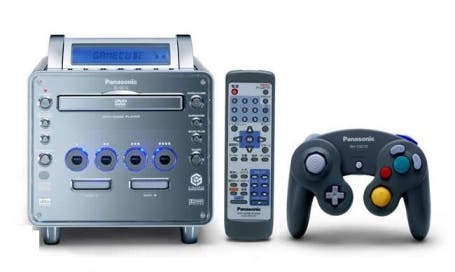
Like the Sharp Twin Famicom, this isn't strictly a Nintendo venture - the Q system was in fact manufactured by Panasonic as part of a deal brokered between Nintendo and Matsushita (Panasonic's parent company) to produce the optical disc drives for the GameCube console. Nonetheless, it has gone on to become one of the most famous - and coveted - pieces of Nintendo history. Simply put, the Q is a GameCube console with DVD playback capability in an attractive stainless steel case. AV buffs will also go to great lengths to remind you that the system came with a multitude of different audio connections, including optical Dolby 5.1 Surround sound output and a stand-alone subwoofer socket. Somewhat unsurprisingly, the expensive Panasonic Q failed to find a mass market audience and was quietly discontinued two years after its release - a fact which has only served to make it rarer and even more desirable in the eyes of dedicated Nintendo collectors.
Game Boy Advance SP (2003)
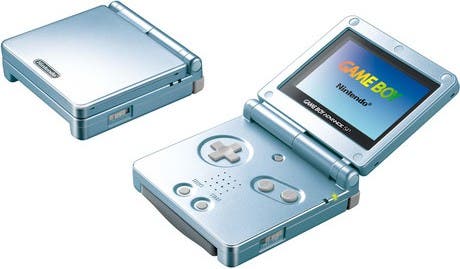
While the release of the original Game Boy Advance was a success, the lack of an illuminated screen was a real sticking point for many players. Games with dark scenes - most infamously Konami's Castlevania: Circle of the Moon - were rendered almost unplayable unless you sat directly beneath a lamp, or invested in a coal miner's helmet. To counter this, the Game Boy Advance SP - which apparently stands for "Special" - was born. Not only did it introduce a front-lit LCD screen (a later revision of the same console - model AGS-101 - would incorporate a brighter, more colourful backlit panel), it also utilised a unique clamshell design which kept the display pristine when in transit - a feature which called to mind Nintendo's classic Game & Watch range, and would later influence the design of the DS and 3DS line of systems. Unfortunately, the SP wasn't a complete success from a functionality perspective; in an effort to save space and cut costs, the 3.5mm audio socket was removed, forcing users to shell out additional cash for an adapter which connected to the charging socket - meaning you couldn't top up the battery and listen through your headphones simultaneously. A baffling decision, especially when you consider how much Nintendo got right with this console.
Game Boy Micro (2005)
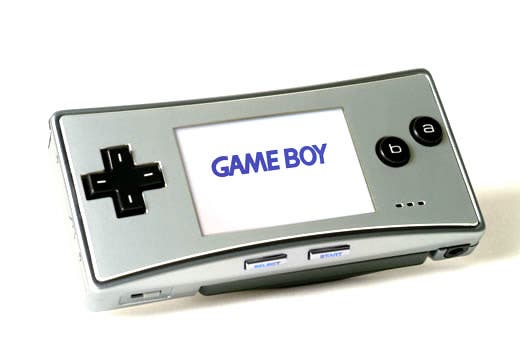
To date, this is the last console to bare the legendary Game Boy moniker. Unveiled in at E3 2005 - around the same time that Nintendo was feverishly trying to promote the DS in the face of Sony's technologically superior PSP - the Micro was unsurprisingly lost in the crush, causing Nintendo itself to later admit that it failed to market the system correctly. Although it lacks the ability to play monochrome and Game Boy Color software, the Micro is widely regarded as one of the finest portable gaming systems ever created. Its diminutive dimensions made it truly pocket-sized, and the interchangeable faceplates allowed a degree of customisation as well as protection. The tiny 2-inch backlit screen can cause a bit of eyestrain during prolonged use, but this is a minor complaint. Given that second-hand Game Boy Micro prices are currently on the rise, it would appear that this plucky little console is finally finding the audience it deserved way back in 2005.
DS Lite (2006)
Even the most hardened Nintendo lover will readily admit that the original DS console had looks only a mother could love; the bulky design and oddly-angled casing hardly screamed desirability, so it's little wonder that Nintendo's designers went back to the drawing board almost immediately. The DS Lite looked so clean and appealing that you'd swear it had been designed by Apple's Jonathan Ive; the pure white of the launch system clearly owed a massive debt to the Apple iPod MP3 player, which was already well on its way to becoming an ubiquitous consumer device in 2006. Brighter screens and a smaller form factor contributed to the console's appeal, and it swiftly became a massive success - according to Nintendo, it has sold over 93 million units up to March this year.
DSi and DSi XL (2008/2009)
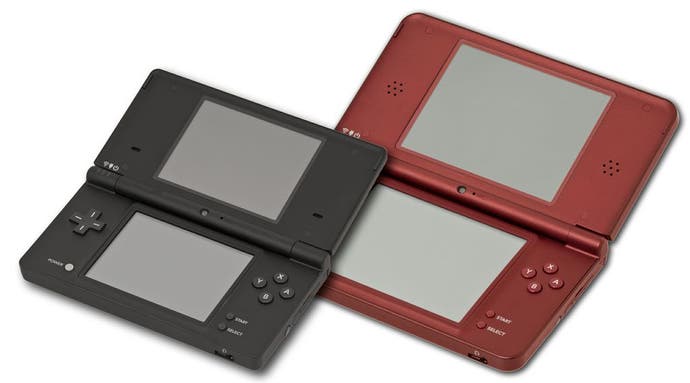
The final DS revision added much needed functionality to the system in the form of front and rear-facing cameras and access to an online shop for downloadable content, dubbed DSiWare. Clearly inspired by Apple's runaway success with its iOS App Store, the DSi marked Nintendo's first tentative steps into mobile downloads, and would pave the way for the more recent eShop portal on 3DS. Sadly, the Game Boy Advance slot - which granted access to that console's massive library of software - was removed to reduce production costs. The XL variant - from which the 3DS XL can trace its lineage - came a year later and boasted larger screens and better battery life.
